PUBLIKATIONEN KÖPPL INGENIEURE

Die Stahlkonstruktion der Wartungshalle 3 am neuen Münchner Flughafen
Im Rahmen der Bauarbeiten für den neuen Münchner Großflughafen wurden auch drei Wartungshallen für Großraumflugzeuge errichtet. Es wird an dieser Stelle über Entwurf und Ausführung der Stahlkonstruktion der Warrtungshalle 3 berichtet, die mit ca. 300 x 80 m Grundfläche zu den größten in Eruopa zählt.
Im Rahmen der Bauarbeiten für den neuen Münchner Großflughafen wurden auch drei Wartungshallen für Großraumflugzeuge errichtet. Es wird an dieser Stelle über Entwurf und Ausführung der Stahlkonstruktion der Warrtungshalle 3 berichtet, die mit ca. 300 x 80 m Grundfläche zu den größten in Eruopa zählt.
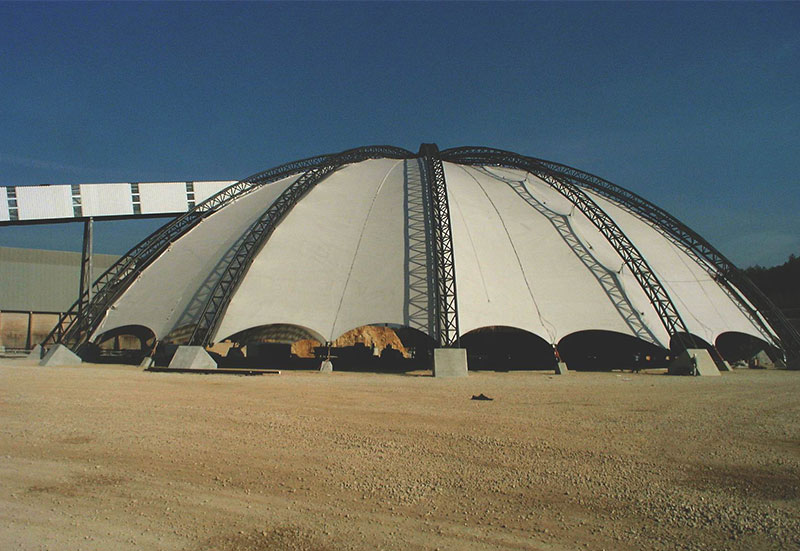
Die Überdachung des Rundmischbettes für ein Zementwerk in Harburg bei Donauwörth
Zur Überdachung eines Rundmischbettes für ein Zementwerk wurde eine Stahlskelettkonstruktion mit angehängter Membranhaut ausgeführt. Der Beitrag erläutert die Besonderheiten bei den Lastannahmen, der statischen Berechnung und der konstruktiven Ausbildung dieser außergewöhnlichen Konstruktion
Zur Überdachung eines Rundmischbettes für ein Zementwerk wurde eine Stahlskelettkonstruktion mit angehängter Membranhaut ausgeführt. Der Beitrag erläutert die Besonderheiten bei den Lastannahmen, der statischen Berechnung und der konstruktiven Ausbildung dieser außergewöhnlichen Konstruktion
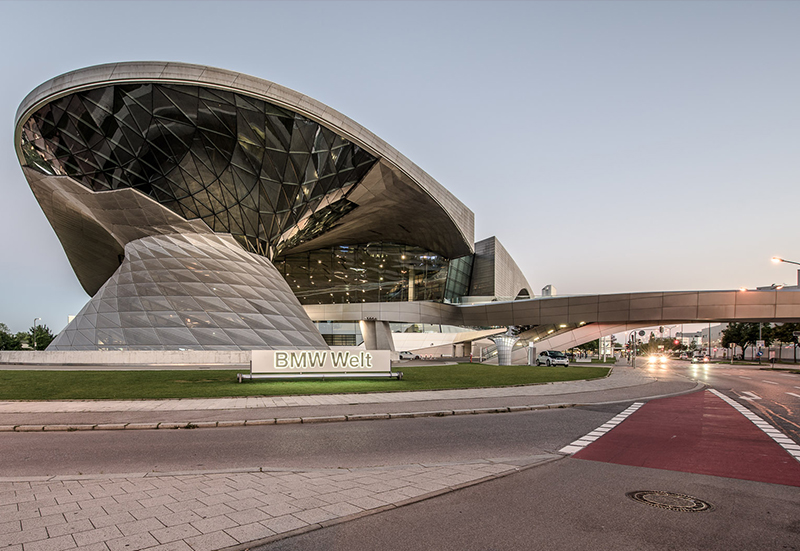
BMW-Welt München – die Stahlkonstruktion in der realen Umsetzung
Im folgenden Aufsatz werden die Denkansätze und Aufgaben der Tragwerksplanung für die Entwicklung und Realisierung des Sondervorschlags der ARGE Stahlbau/Fassade vorgestellt. Hierbei werden insbesondere die notwendigen Anforderungen von Montage- und Bauzusatzuntersuchungen erörtert.
Im folgenden Aufsatz werden die Denkansätze und Aufgaben der Tragwerksplanung für die Entwicklung und Realisierung des Sondervorschlags der ARGE Stahlbau/Fassade vorgestellt. Hierbei werden insbesondere die notwendigen Anforderungen von Montage- und Bauzusatzuntersuchungen erörtert.
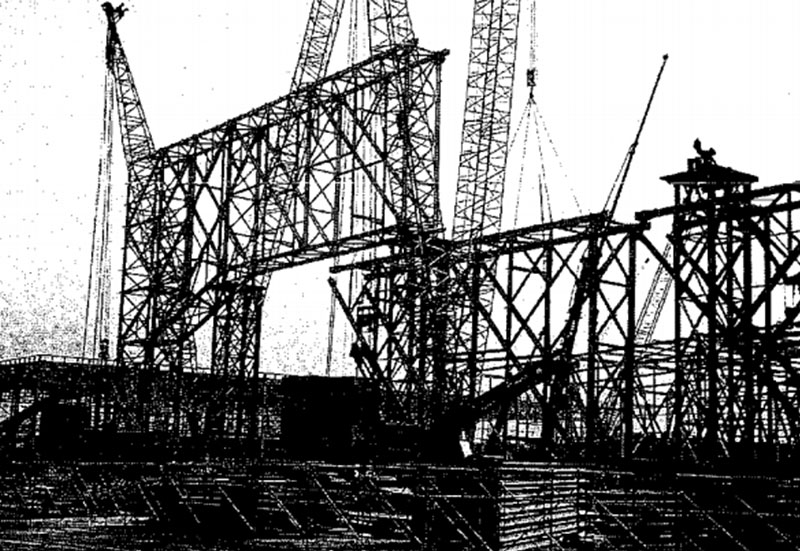
Neubau eines Hangars in Kuala Lumpur unter besonderer Berücksichtigung des
Hebevorgangs der Dachkonstruktion
Im Rahmen der Bauarbeiten für den Großflughafen Kuala Lumpur wurde auch eine Wartungshalle für Großraumflugzeuge errichtet. Es wird über Planung und Ausführung der Stahlkonstruktion des 200 x 90 m großen Hangars berichtet.
Im Rahmen der Bauarbeiten für den Großflughafen Kuala Lumpur wurde auch eine Wartungshalle für Großraumflugzeuge errichtet. Es wird über Planung und Ausführung der Stahlkonstruktion des 200 x 90 m großen Hangars berichtet.
PUBLIKATIONEN JOHANNES KÖPPL
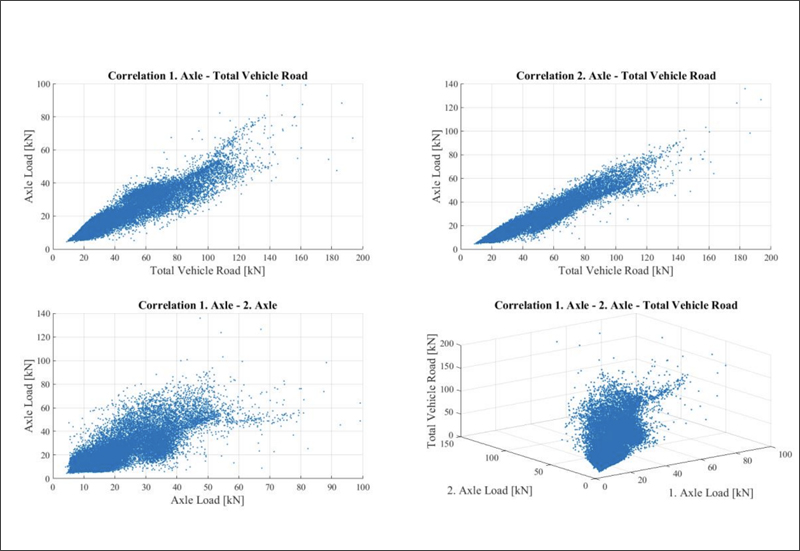
Generation of a statistical Traffic Load Collective based on measured axle loads of trucks by an instrumented swivel joist-expansion joint
The transport of goods especially in the Federal Republic of Germany is mainly conducted through heavy goods vehicle traffic. Therefore, the determination of the actually transported loads is important for the design of road bridges and their expansion joints. To achieve this goal, different Weigh-In-Motion-Systems (WIM) have been developed and successfully established to quantify the total loading of individual motor truck. Instrumenting a swivel joist-expansion joint presents a further development of these WIM-Systems to also detect the dynamical axle loads of each crossing truck during day-today traffic flow. This paper describes the instrumentation setup of the expansion joint and the analysis of the resulting measurement signals to identify eachaxlès load and to estimate its associated velocity. Furthermore, it depicts how the identified axles are assigned to the design trucks specified within the Eurocode 1991-2. From the amount of the thereby collected day-by-day data on axles and trucks statistical evaluation is applied to generate characteristic dynamic load diagrams per truck and consequentially a statistical Traffic Load Collective.
Konferenz: Deutsch-Japanisches-Brückenbausymposium (JGBS)
Autoren: M.Eng. Johannes Köppl, M.Sc. Christian Merkl, Prof. Dr. Ing. Ingbert Mangerig
The transport of goods especially in the Federal Republic of Germany is mainly conducted through heavy goods vehicle traffic. Therefore, the determination of the actually transported loads is important for the design of road bridges and their expansion joints. To achieve this goal, different Weigh-In-Motion-Systems (WIM) have been developed and successfully established to quantify the total loading of individual motor truck. Instrumenting a swivel joist-expansion joint presents a further development of these WIM-Systems to also detect the dynamical axle loads of each crossing truck during day-today traffic flow. This paper describes the instrumentation setup of the expansion joint and the analysis of the resulting measurement signals to identify eachaxlès load and to estimate its associated velocity. Furthermore, it depicts how the identified axles are assigned to the design trucks specified within the Eurocode 1991-2. From the amount of the thereby collected day-by-day data on axles and trucks statistical evaluation is applied to generate characteristic dynamic load diagrams per truck and consequentially a statistical Traffic Load Collective.
Konferenz: Deutsch-Japanisches-Brückenbausymposium (JGBS)
Autoren: M.Eng. Johannes Köppl, M.Sc. Christian Merkl, Prof. Dr. Ing. Ingbert Mangerig
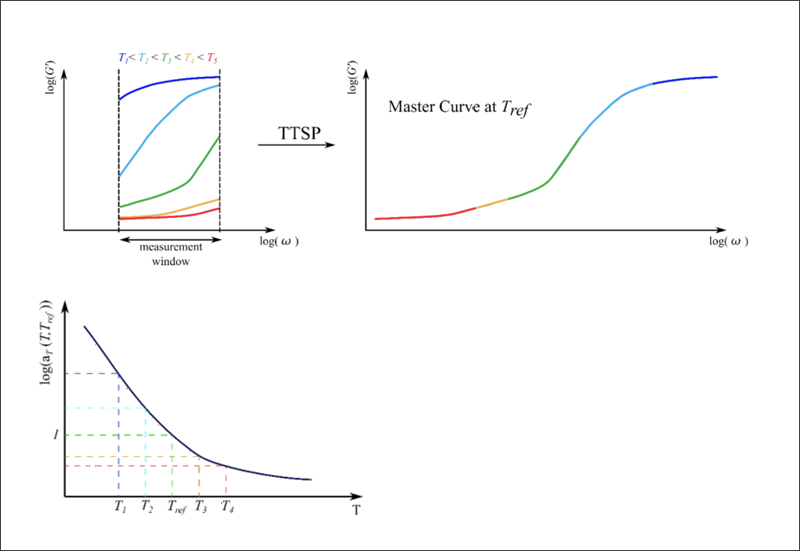
Thermorheological Testing and Modeling of a Bridge Slide-Bearing Elastomer
Due to the expected significant increase in total load of heavy goods vehicles as well as vehicle crossing numbers on the roads of the Federal Republic of Germany, sophisticated models for the design and computation of road bridges as well as their expansion joints are demanded. Furthermore great care is required for both, the load model in terms of correct or realistic Traffic Load Collectives as well as the establishing of physically and geometrically sensible computational models in terms of properties of the components. This paper hence deals with the experimental and thermorheological analysis of the elastomeric components of the swivel joist-expansion joint. The conduction of thermomechanical experiments as well as their results is described in detail, further analysis and evaluations of the data for material modeling purposes are then depicted. In an outlook the further incorporation of the constitutive equations together with their actual parameter values, which were derived in this paper, into an advanced Finite Element Analysis (FEA) model for the swivel joist-expansion joint is highlighted.
Konferenz: Deutsch-Japanisches-Brückenbausymposium (JGBS)
Autoren: M.Eng. Johannes Köppl, Dr. Ing., M.Sc.hons Michael Kraus, Prof. Dr. Ing. Ingbert Mangerig
Due to the expected significant increase in total load of heavy goods vehicles as well as vehicle crossing numbers on the roads of the Federal Republic of Germany, sophisticated models for the design and computation of road bridges as well as their expansion joints are demanded. Furthermore great care is required for both, the load model in terms of correct or realistic Traffic Load Collectives as well as the establishing of physically and geometrically sensible computational models in terms of properties of the components. This paper hence deals with the experimental and thermorheological analysis of the elastomeric components of the swivel joist-expansion joint. The conduction of thermomechanical experiments as well as their results is described in detail, further analysis and evaluations of the data for material modeling purposes are then depicted. In an outlook the further incorporation of the constitutive equations together with their actual parameter values, which were derived in this paper, into an advanced Finite Element Analysis (FEA) model for the swivel joist-expansion joint is highlighted.
Konferenz: Deutsch-Japanisches-Brückenbausymposium (JGBS)
Autoren: M.Eng. Johannes Köppl, Dr. Ing., M.Sc.hons Michael Kraus, Prof. Dr. Ing. Ingbert Mangerig
